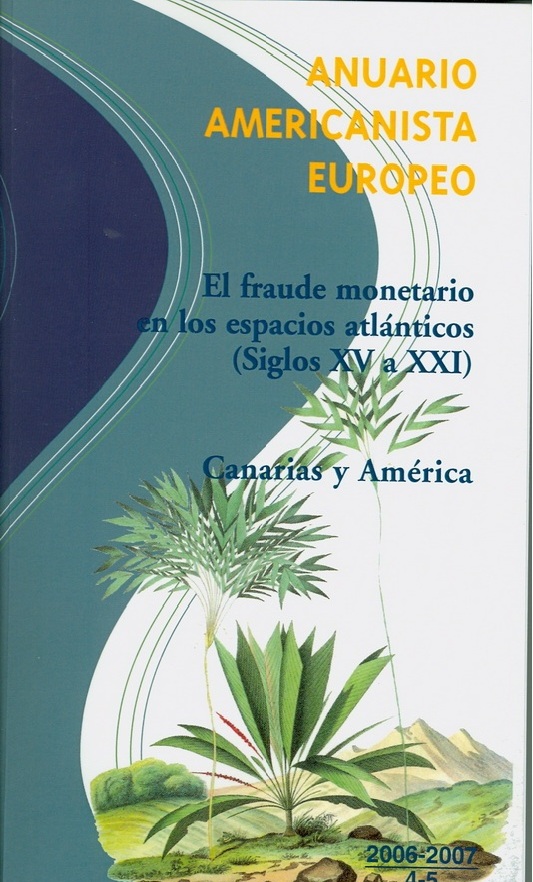The recent history of an insular bat population reveals an environmental disequilibrium and conservation concerns
Résumé
With the global pandemic of Covid-19, the putative threats related to the increasing contact between wild animals, including bats, and human populations have been highlighted. Bats are indeed known to carry several zoonoses, but at the same time, many species are currently facing the risk of extinction. In this context, being able to monitor the evolution of bat populations in the long term and predict future potential contact with humans has important implications for conservation and public health. In this study, we attempt to demonstrate the usefulness of a small-scale paleobiological approach to track the evolution of an insular population of Antillean fruit-eating bats (Brachyphylla cavernarum), known to carry zoonoses, by documenting the temporal evolution of a cave roosting site and its approximately 250 000 individuals bat colony. To do so, we conducted a stratigraphic analysis of the sedimentary infilling of the cave, as well as a taphonomic and paleobiological analysis of the bone contents of the sediment. Additionally, we performed a neotaphonomic study of an assemblage of scats produced by cats that had consumed bats on-site. Our results reveal the effects of human-induced environmental disturbances, as well as conservation policies, on the bat colony. They also demonstrate that the roosting site is currently filling at a very fast pace, which may lead to the displacement of the bat colony and increased contact between bats and human populations in the near future. Our research outcomes advocate for a better consideration of retrospective paleobiological data to address conservation questions related to bat populations.
Fichier principal
 Bochaton et al. - 2024 - The recent history of an insular bat population re.pdf (6.94 Mo)
Télécharger le fichier
Bochaton et al. - 2024 - The recent history of an insular bat population re.pdf (6.94 Mo)
Télécharger le fichier
| Origine | Fichiers éditeurs autorisés sur une archive ouverte |
|---|



